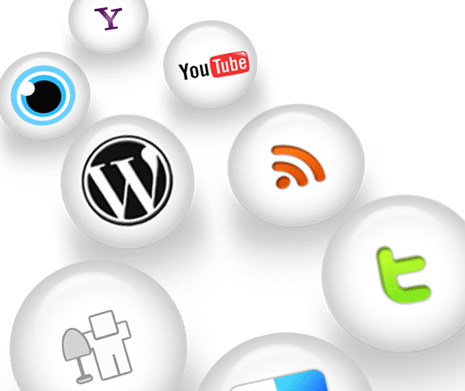Just happened upon a term I’d not heard. BRANDJACKING. http://brandjacknews.com/ It’s when an organization loses control of the social media conversation around its brand to someone else. There’s been a lot of conversation about branding and how social media has impacted the particular sense we and others have of our unique identity.
Now that we’ve surrendered, let’s get in the game. In fact, pretend you’re playing a board game. The first thing you have to do is take the box off the shelf and open it. Once inside, you have choices. Which game piece are you going to choose? In social media, there are plenty of choices – Facebook, Twitter, Linkedin, YouTube and Yelp are among the obvious. Pick a piece. Have others on your organization’s team pick a piece. Roll the dice, and move those pieces around the board. See how they interact and overlap and sometimes get in the way of each other? Games are won by playing and by strategy, but you won’t get good at the strategy until you start to play.
This is where it can get more complicated, and worthy of a longer discussion (Note: Facebook just changed the game for branding with revisions that enable even greater personalization and amplification of the sharing experience. A lot of what this means for organizations is that content is more of a king than ever; if your content is compelling it will be spread across the Web. http://blog.edelman.com.au/2011/09/27/facebook-emphasizes-the-personalization-mobilization-and-amplification-of-content/ ).
To keep it simple, and stay on track, just remember that if you drop out of the game someone else is going to win. Or, to use our other metaphor, if you don’t pick up a hammer and start hammering, you’re going to get hammered.
Engage in all of the social-media activities you want to, but don’t just do transactions. Think about engagement. In the early days of social media, organizations thought of it as a tool to push out information — raise awareness, communicate project news and so forth – all with the end goal of asking for and securing a donation. This is no longer the primary benefit of social media.
Now, it’s a dialogue. So make your calls to action link back to your website where the potential supporter is encouraged to register, to comment, to follow, to tweet, to share and to actively get involved. We no longer have to guess what our constituents care about. They’ll tell us. Repeatedly. And if they really like what they’re seeing from us, they’ll tell their friends. Wow! Do you know what this means? It means our brand can become refreshed on an almost daily basis. It can evolve in a way that truly meets constituent needs, values and desires. It never becomes stale. And our constituents become engaged as goodwill ambassadors.





